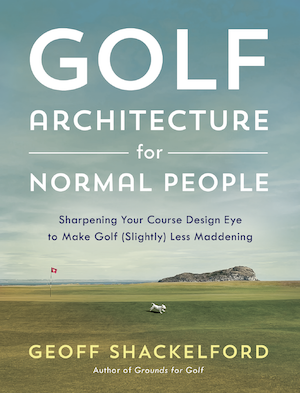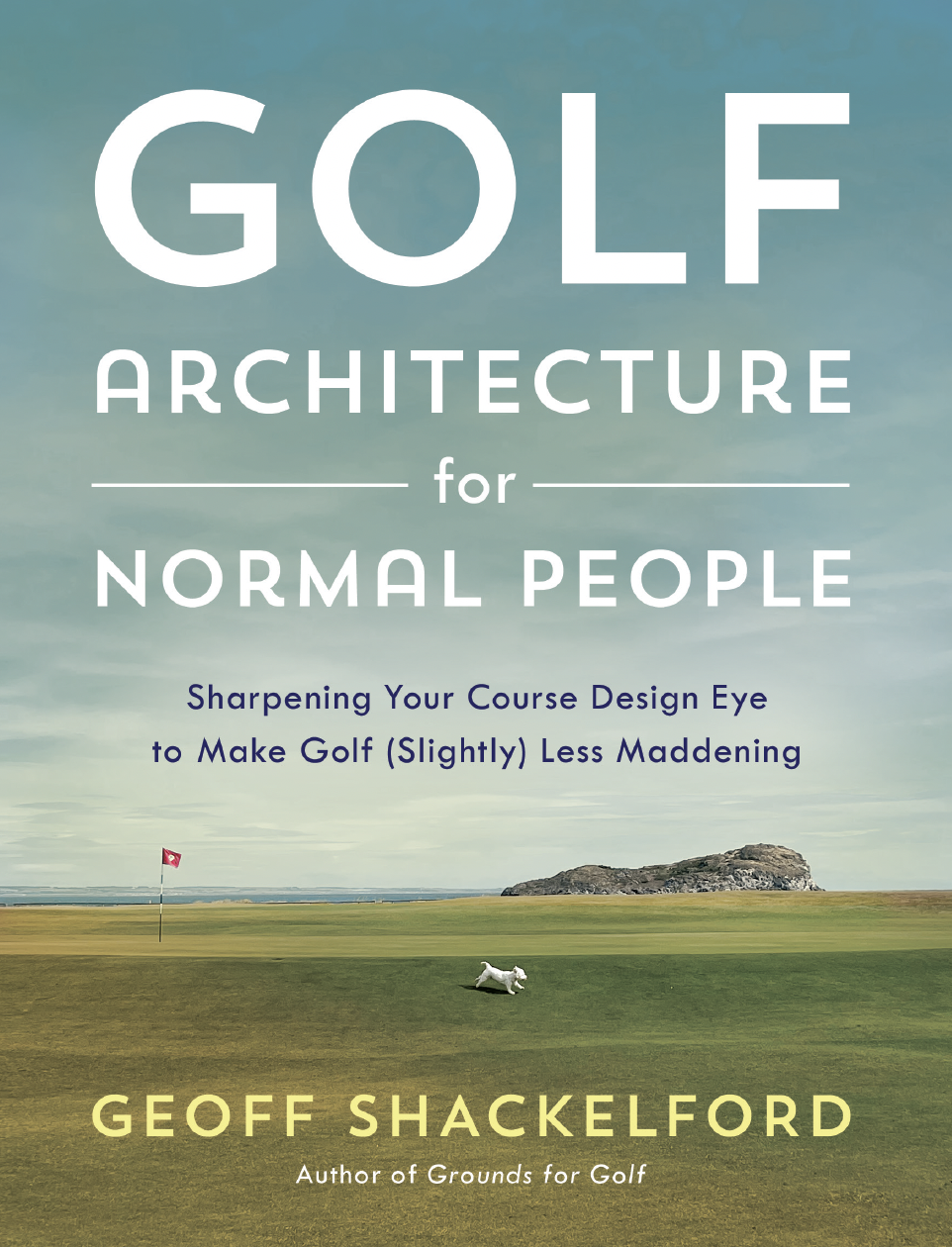That line about the smaller the ball, the better the sports writing? (Wind, Plimpton, Jenkins...one of 'em said it first.)
Well GolfDigest.com's "Bomb and Gouge" blog is going to do everything in its power to prove that it's not true.
This latest puckering up to a certain advertiser based in the lone state where Bruce and Steven can get married:
Gouge: It is hard for me to say this, but if a professional golfer can average 207 yards off the tee and make the cut at the most prestigious tournament of the year, then maybe we don't need to worry so much about a rollback of any kind. 207? It is true. Rosie Jones did that this week. In fact, only the teenage wondergirl hit it farther than 280 on some of her measured drives. Hardly anyone else even came close to that. OK, so Rosie was barely in the tournament and retired from competitive golf after putting out on the 18th on Sunday. But still the average drive at the U.S. Women's Open was just 228.7, and that's hardly a threat to any golf course.
That's right, they are gauging distance by using a tournament that had standing water in its bunkers and a tournament where they couldn't even let spectators on the course on practice round Monday. Either they are intentionally misreading readers, or they didn't actually watch the event. Either way, not good. Oh but it gets better.
You want to know what's the real problem? People who complain that the golf ball is going too far may be short-sighted. The problem is that at the elite level (men) it's not the ball, it's the golf course. If men are driving it 28 percent farther than women, then why (at least in the case of the U.S. Open) are the men playing a championship course that is only about 10 percent longer? Shouldn't the U.S. Open and all significant men's championships be played at courses that are about 8,000 yards long, or at least 7,500 yards long? Well, I guess they're not because there's no room to make Winged Foot, Oakland Hills, Oak Hill, Southern Hills and Merion that long. That infatuation with the past is what Emerson called a foolish consistency.
Whoa, we're quoting Emerson now! Deep stuff. (Note to really cool classic courses out there that are sick of spending money updating their courses so people like Bomb and Gouge can play the latest equipment they get for free: it's Mike Stachura and E. Michael Johnson, feel free to charge them double.)
BOMB: But finally, FINALLY you might be coming to your senses. The ball is not the problem. The courses are not the problem. Drivers are not the problem. Know why? They’re ain’t no stinkin’ problem! And we don’t need to go to 7,500 or 8,000 yards, either, to keep it that way.
Opponents of distance regulation have long said “grow some rough.” Worked pretty well at Winged Foot, don’t ya think?
Uh let's see. Tiger said watching the weekend was his "punishment" and according to one publication, the ratings tanked.
Worked great.
Oh but here's the best part.
Throwing out the Match Play where they don’t keep the stats, there have been 26 events so far on the PGA Tour this year. In nine of them—more than a third—the winner has ranked 34th or higher in driving distance for the week. That’s out of about 70 players or so that make the cut. In six of those events the winner ranked 58th or higher. That’s right, 58TH—a lot closer to last than first. The winner has been in the top 10 exactly 10 times. That means sometimes distance wins and sometimes it doesn’t. And when distance is the difference-maker I’m all for it. Golf is a sport. An athletic endeavor where physical superiority should be rewarded. But unlike weight-lifting, it’s not the sole determinant of success. Tiger, Phil and Vijay may blast the cover off the ball, but I don’t think they’d be choppers if they didn’t. Holmes and John Daly and the like will wow us every so often with a week where they whack the ball a mile and hole an equally-lengthy amount of putts. But Fred Funk will win a Players and Jim Furyk a U.S. Open playing small ball.
So yes, distance only matters sometimes. That's why Bomb and Gouge continue to fight for every golfers right to buy things that let them hit the ball longer, free of USGA regulation.
If distance doesn't matter that much, then why do they so shill so hard to keep it from being regulated?













